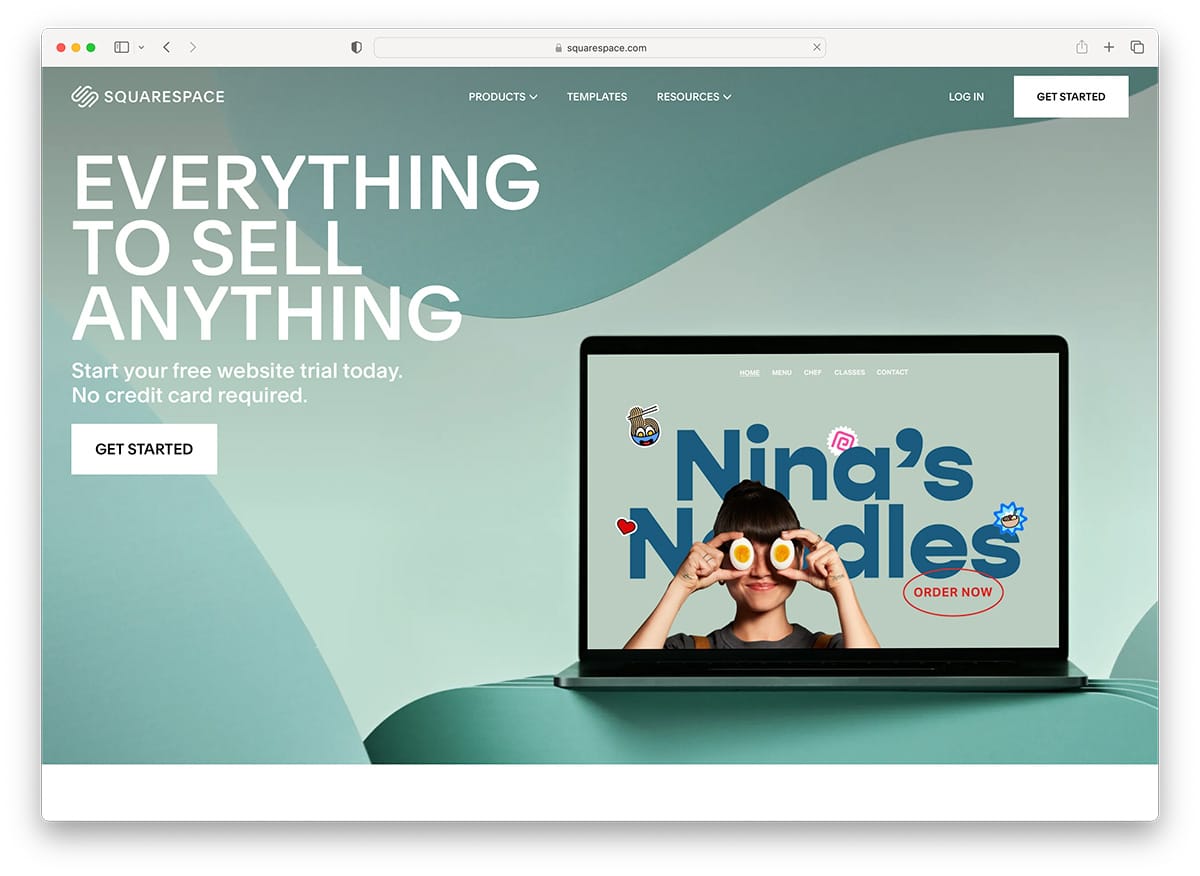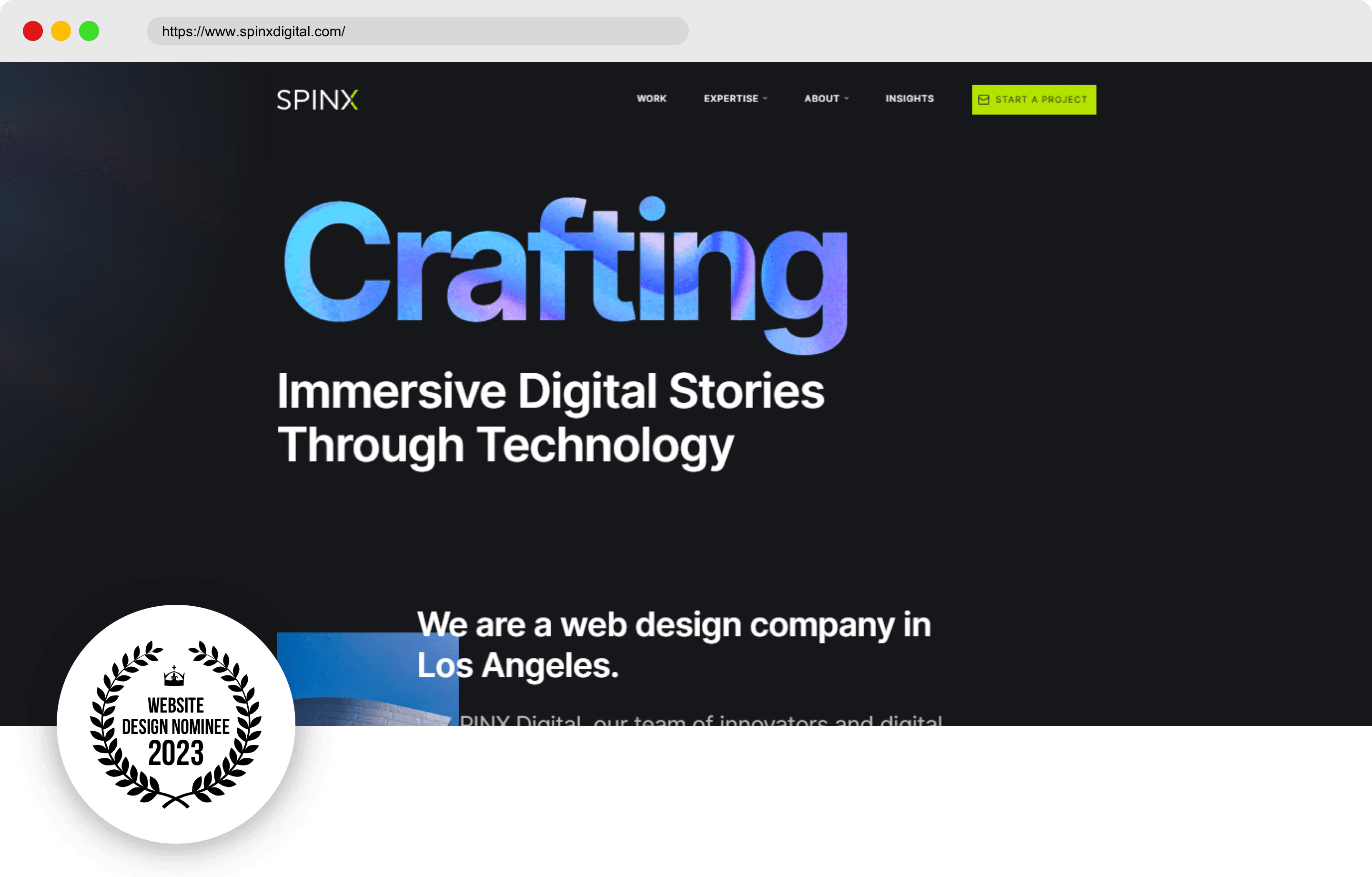How Website Design Affects Your Website’s Loading Speed and Performance
Crucial Tips for Crafting High-Impact Internet Site Styles
In the realm of digital advertising and marketing, the layout of a site serves as an essential touchpoint for engaging possible clients. To create high-impact site styles, one need to consider necessary elements such as audience understanding, customer experience, and aesthetic power structure.
Understand Your Target Market

To successfully recognize your target market, start by performing demographic analyses to collect information on age, gender, area, and interests - website design. This details functions as a foundation for creating customer characters, which stand for the crucial characteristics of your target audience. These characters overview decision-making in style components and content approach, making sure positioning with individual assumptions
Additionally, assessing individual actions through devices like Google Analytics can reveal exactly how visitors communicate with your website. Metrics such as bounce prices and time on page can highlight locations that need renovation or adjustment. User studies and comments likewise supply vital insights right into preferences and discomfort points.
Eventually, a deep understanding of your target market is not merely helpful yet crucial. It empowers designers to produce even more relevant, enticing, and useful sites that promote a positive customer experience and drive preferred results.
Prioritize Individual Experience
When creating an internet site, prioritizing customer experience (UX) is extremely important to accomplishing both customer complete satisfaction and organization objectives. A well-crafted UX ensures that visitors can browse the website effortlessly, find the details they require, and involve with material successfully. To achieve this, it is vital to adopt a user-centered style technique that involves understanding user needs, choices, and behaviors.
Begin by carrying out extensive research study, including individual surveys and functionality testing, to gather understandings into how users interact with your site. This information must educate layout decisions, ensuring that functions and designs straighten with customer expectations. Structured navigating is necessary; site visitors need to be able to locate info quickly without unnecessary clicks or complication.
Additionally, think about the packing speed of your web site. A slow-loading website can lead to high bounce prices, adversely influencing individual experience. Enhance photos and scripts to enhance efficiency.
Last but not least, guarantee that your site is easily accessible to all users, including those with handicaps. Following availability criteria not only broadens your target market but additionally fosters inclusivity. By focusing on UX, you lay the structure for a successful site that fulfills both user requires and service goals.
Embrace Visual Hierarchy
A well-structured visual power structure plays a substantial role in boosting individual experience by assisting site visitors' interest to one of the most crucial aspects of a web site (website design). By tactically setting up content, developers can develop a clear path for users to comply with, guaranteeing they engage with necessary info effectively
To implement aesthetic power structure, begin by utilizing size and scale. Bigger components naturally attract the eye, making them best for headings or contacts us to action. Enhance this with contrasting shades that highlight crucial areas, as lively shades can develop centerpieces that catch interest.
Furthermore, the positioning of elements on the web page is important. Leading the viewer's stare through the format can be accomplished by positioning important info at visit site the top or in the center, where users usually begin their visual trip. Incorporating whitespace around components can also improve clarity, making it less complicated for users to process info without feeling overwhelmed.
Last but not least, utilizing typography successfully adds to aesthetic pecking order. Various typeface sizes, designs, and weights can signify relevance, guiding users via the content seamlessly. By embracing these concepts, developers can produce an instinctive experience that fosters engagement and encourages individuals to explore further.
Optimize for Mobile
Mobile optimization is crucial in today's electronic landscape, as a substantial part of internet traffic comes from mobile tools. To make sure a seamless customer experience, websites must be created with mobile customers in mind. This involves utilizing receptive web design techniques that adapt the design, pictures, and text to fit numerous display sizes while keeping performance and visual appeals.

Touch targets, such as buttons and web links, must be suitably sized, ensuring they are quickly tappable without mistakes. Furthermore, guarantee that types are mobile-friendly by reducing input fields and using dropdowns where appropriate, enhancing the user experience.
Finally, examination your internet site across various smart phones and browsers to recognize any issues that might impact use. By prioritizing mobile optimization, you not only improve customer contentment yet likewise favorably affect your click here to read website's search engine position, thus bring in more visitors and boosting total engagement.
Implement Solid Branding
Developing a recognizable and natural brand name is fundamental to developing a strong online presence. A distinct brand not just distinguishes you from competitors but additionally cultivates trust fund and loyalty among your audience. To execute strong branding, start by creating a clear brand name identity that envelops your mission, values, and vision. This identification needs to be mirrored regularly across all digital touchpoints, including your internet site, social networks, and email interactions.
Visual aspects such as logos, color plans, and typography play an essential function in branding. Pick a shade combination that resonates with your target audience and mirrors your brand individuality. Make sure that your logo is functional and prominently presented on your web site, improving brand name recognition.
Material is equally important; your intonation need to line up with your brand name identity, whether it's expert, friendly, or reliable. Involving storytelling can even more reinforce your brand name, creating a psychological connection with individuals.
Verdict
In verdict, crafting high-impact website styles necessitates a multifaceted approach that incorporates recognizing the audience, focusing on user experience, and embracing aesthetic pecking order. By incorporating these components, internet sites can efficiently engage users, promote seamless navigation, and foster psychological connections that boost brand name identification.
To develop high-impact site designs, one need to think about essential components such as target market understanding, user experience, and aesthetic power structure.When creating a website, focusing on individual experience (UX) is paramount to achieving both customer fulfillment and service goals.Beginning by carrying out complete research, including user studies and use testing, to gather understandings into exactly how customers engage with your site. To ensure a seamless individual experience, sites need to be made with mobile customers in mind.In final thought, crafting high-impact web site top article layouts demands a diverse method that incorporates recognizing the target market, prioritizing user experience, and accepting visual pecking order.